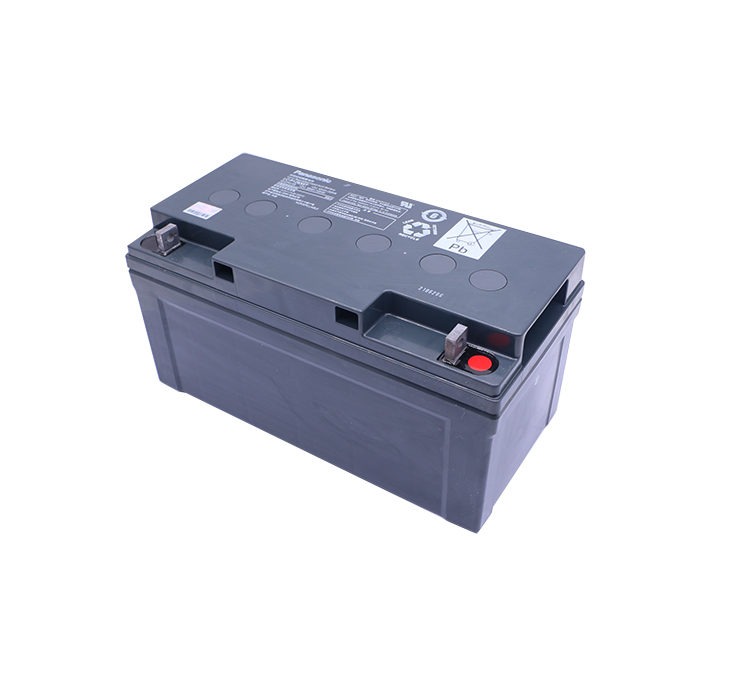Among the many safety hazards of lead-acid batteries, fires from various causes always play the role of “killer number one”, so how to effectively detect and prevent battery fires has been a hot topic of research.
Valve regulated sealed lead-acid battery working principle
The lead-acid battery is an energy storage and conversion device. When discharging, the battery converts chemical energy directly into electrical energy; when charging, it converts electrical energy directly into chemical energy and stores it.
Causes of fire in valve regulated sealed lead-acid batteries
Loose connection between valve-controlled sealed lead-acid batteries
According to the energy calculation formula: Q=I2RT (Q represents energy, I represents current, R represents resistance, T represents time), it is known that the storage battery will emit a certain amount of heat in the process of discharging, the larger the discharge current and resistance, the larger the heat emitted. Loose connections between the batteries lead to an increase in contact resistance, which increases over time. The higher the current flow and the longer the duration, the more heat will be generated and the temperature will rise. When the temperature rises to a certain level, it will cause the battery terminals to heat up, resulting in charring of the shell material and ABS smoke and fire.
Thermal runaway of valve regulated sealed lead-acid batteries
Thermal runaway of the battery means that the battery is overcharged or the ambient temperature is too high resulting in excessive charging current, the heat generated will cause the battery to heat up further. The temperature rise of the battery will cause the internal resistance of the battery to fall, and the fall in internal resistance will strengthen the charging current. The rise in temperature and the increase in current promote each other, so that the internal temperature of the battery can be as high as 120°C or more, softening the ABS shell (ABS softening point of about 90°C), resulting in expansion of the battery, leakage and fire.
It is important to note that normal float-charged batteries may also experience thermal runaway in the middle and late stages of life, because the battery will react to electrolytic water at the end of charging, and the efficiency of oxygen compounding does not reach 100%, the constant loss of electrolyte will lead to a decrease in the saturation of the bulkhead, which will increase the current of oxygen compounding in sealed batteries, not only increasing the floating charge current of the battery, accelerating the heat and further water loss of the battery, and eventually triggering thermal runaway. This is why float charging is essentially a form of overcharging.
If the battery is overcharged, the rate of electrolysis of water inside the battery will be accelerated, these gases will not be absorbed in time and will accumulate, when the internal pressure of the battery exceeds the opening pressure of the valve, the discharge of hydrogen and oxygen mixed flammable and explosive gases, if the site is well sealed, when there is a spark outside that is easy to ignite and detonate.
Valve regulated sealed lead-acid battery leakage
Lead-acid battery leakage refers to the battery in the process of use, electrical Figure 2 loose connection caused by the surface of the fire battery electrolyte leakage. The causes of acid leakage from batteries can generally be divided into three categories:
① Structural sealing damage during the production process, such as defects in the welding or bonding surface of the pole and shell that are not detected in time. This can lead to leakage in use;
② Improper operation during transportation or installation, causing visible or invisible damage to the battery shell, and not removed in time;
③The charging setting is not reasonable, so that the battery pack is overcharged for a long time, resulting in the growth of the pole plate and the destruction of the shell, resulting in the leakage of liquid. The root cause or overcharge.
Generally speaking, the UPS earthing system should comply with IEC 60346 standard on low-voltage earthing system. This means that for most UPS, the centre line of the battery pack and the battery rack are earthed. So when a cell in the battery pack leaks, and the leaking electrolyte flows into the battery rack, a short circuit can be formed between the batteries and cause an accident.
Detection and prevention of valve regulated sealed lead-acid battery faults
For the above faults, such as obvious battery leakage and loose battery connections can be detected by visual inspection and regular inspections. However, these means cannot be used to detect faults as soon as they occur, so very often when a problem is detected it may also be the day when an accident occurs.
So is there a way to predict the root cause or delay it effectively? In the case of a total movement of the connection strip, this can be detected by the resistance of the battery connection and the change in temperature. In the case of thermal runaway, we can conclude from the above analysis that one of the most important causes of these failures is overcharging. If overcharging can be delayed or prevented, then this means that accidents can be effectively delayed and prevented in advance. For battery leakage, this can be determined by monitoring the insulation of the battery output to ground and by battery leakage detection.
